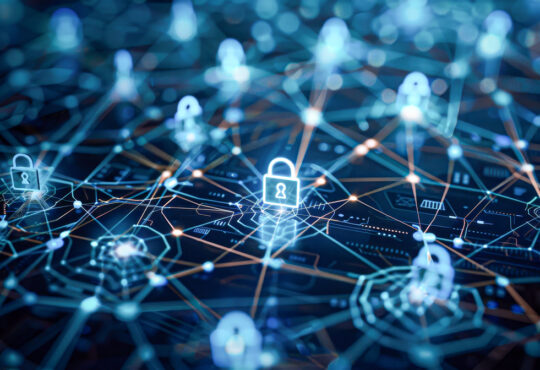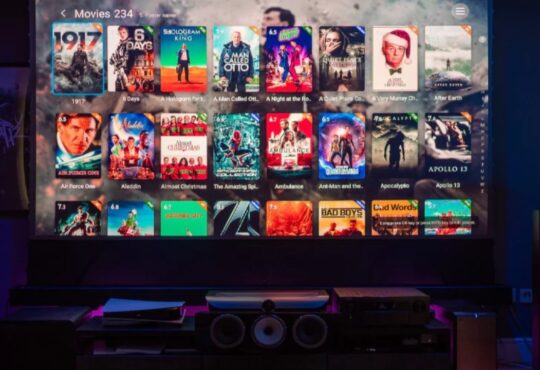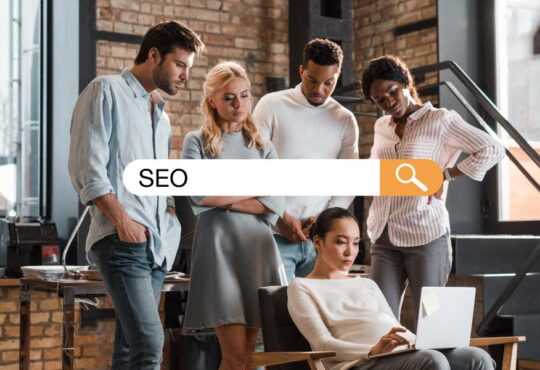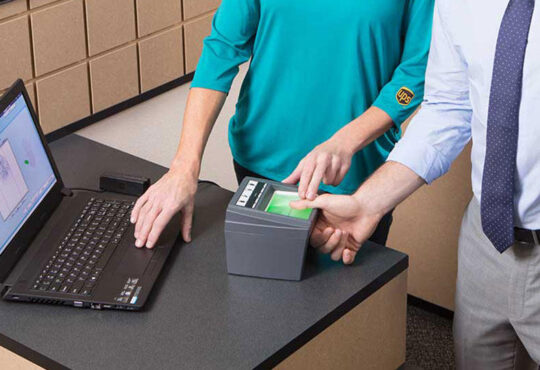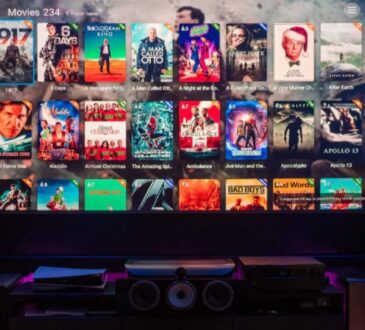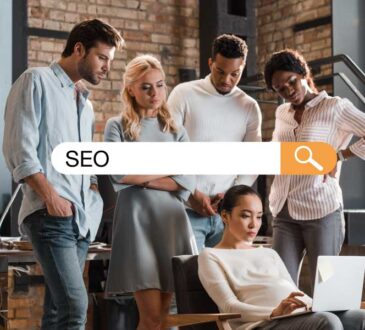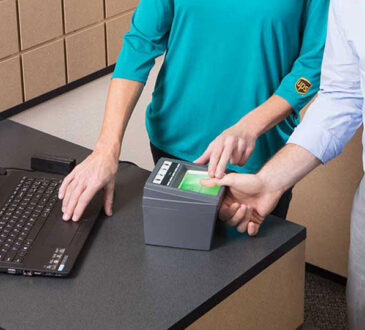
Even though most people in the world today use the term “disability” to refer to those with restricted or nonexistent skills, it will soon be relegated to the same category as “handicapped” (in vision, speech, IQ, and so on). Despite substantial progress over the previous two decades, we remain far from there regarding internet availability. People’s views regarding disability are changing as more people become aware of the challenges that disabled people experience, such as the need for digital equality.
Although most people are uninformed of the concept of digital accessibility, corporate executives, government officials, and attorneys are increasingly cognizant of the need to support persons who need assistive technology in creating significant and productive use of technology.
As technology enhances and becomes more widespread in our lives, the gap between people with and without disabilities is shrinking, and digital inclusion makes it simpler for everybody to utilize that technology. Although personalized technology cannot claim to have solved all of a disabled person’s problems, it has made dealing with day-to-day concerns much easier. All or most disabilities may be eliminated one day due to scientific and technological advancements. There is, however, still time to get ready for those who will require them.
Challenges of the Past
Consider how blind people communicated, traveled, and purchased things in the mid-twentieth century to get a sense of how far technology has progressed in the previous 50 years.
Previously, there was a scarcity of Braille items, laptop computers, and mobile phones. We spoke through landlines, typed our work on huge typewriters to produce legible text, and had restricted access to books, journals, and newspapers via mail-order blind libraries. Blind people couldn’t even read the soup cans or medications since there were no Braille signs on the premises. Even if they couldn’t see what was going on, they could hear it.
Alternative Transportation Modes
If you were from a city with public transit, cabs were prohibitively costly. It was required to show proof of rail or aircraft travel. We needed navigational equipment or technology to help us figure out where we were. It takes time to navigate vast interior spaces and may demand the usage of professional orientation services or government aid.
Purchasing From Real Stores
Even if you had a job and transportation, you needed the help of a business or store owner to receive products or services. This assistance was only given in exceptional instances. Despite their anxiety, some people can go to the supermarket on their own. People with impairments, on the other hand, take longer to shop, and some might need help to avoid certain circumstances altogether.
Fortunately, technology has advanced significantly during the last 50 years! The examples below demonstrate how, 50 years later, good, accessible technology and a few new concepts have helped us in a variety of ways, increasing our freedom and propelling us higher up the equality ladder.
Today’s Communication-Improving Technology
Thanks to Zoom, we can now connect on a variety of devices, including smartphones and desktop computers. We create reports utilizing word processors, emails, and text messages from any place with Wi-Fi or a mobile signal. Furthermore, we may now read almost any magazine, newspaper, or book that catches our attention. Cans, cartons, and packages are often used to package medicine bottles and grocery store products.
Assistive technology improvements, such as screen readers, magnifiers, automatic captioning systems, and instant access to digital information, have made this feasible. We can now view any television show because of the growth of descriptive video services (DVS). Most buildings are required by the Americans with Disabilities Act (ADA) to provide Braille markings on room signage and elevator controls.
Businesses may benefit from being more accessible online, thanks to software companies like QualityLogic. Its expert employees might help to create ways and designs that allow the blind, deaf, and cognitively challenged to access goods and information. Access is a human right for them, and no one should have to strive for it. Over the previous 35 years, they have assisted in the construction of thousands of successful programs, so you can be confident that you will receive equivalent assistance.
Making Travel Plans Is Easy
Travel by train and airline is now safe in many parts of the world, and ridesharing via cell phones makes travel more readily available and practical. GPS has increased our freedom while additionally rendering driving and walking more convenient. We could employ augmented reality technology from applications like AIRA and Be My Eyes to get real-time help from a sighted person on our iPhones, making it simpler to navigate unfamiliar environments like massive skyscrapers.
Online Shopping Is Becoming More Popular
The ability to have nearly anything delivered right to your home in the last several years has made it significantly easier to purchase the things you seek. We can now buy items and services delivered that we would never see in a physical store. Furthermore, the COVID-19 pandemic had a substantial impact on food supply and access. Versus going to the supermarket, we can use Uber Eats or DoorDash.
Whatever changes are made, the situation is anticipated to improve. It will take much work to make accessibility a standard (expectation). PDFs and online forms might be inaccessible to people with disabilities because they lack key accessibility components. We’d be more inclined to take a vacation if there were more places to visit. Even after making a transaction, some e-commerce businesses require customer help. However, only twenty years ago, life was substantially worse.
Accessibility Has Increased
We’ve gone a long way in terms of being able to perform everyday jobs that most people take for granted, thanks to all of these technological developments. Despite the fact that technological innovation has permitted tremendous progress, humans have worked tirelessly to simplify the bulk of people’s lives. You’ve surely heard the adage, “One person’s pleasure is another person’s accessibility.” This is true; consider how convenient it is for people to have food delivered to them from places where it was previously impossible.
As technology progresses, the gap between individuals with and without impairments will continue to narrow. Wearable technology will be able to aid us in seeing, hearing, and comprehending what is going on around us thanks to 5G networks and quick AI (Artificial Intelligence) and ML (Machine Learning) systems.
Websites, video, mobile apps, and key office data are becoming more freely available, but studies on other digital assets are still in their early stages. Every aspect of our lives is influenced by technology. This encompasses everything from our home’s temperature settings to the touch screens on our appliances and workout equipment. We must have total access to all sorts of digital information in order to realize our aim of full access and inclusion.
While technological progress has improved many aspects of our lives, true digital equality is still a long way off. Whatever you believe, digital access is unlimited. Accept it and help it flourish by bringing it to the public’s attention. This requires training and working together with them so that they are no longer viewed as a specialist skill set to be avoided but rather as the gold standard for effective digital solutions that make our lives easier and more pleasurable.
Click here for more information on QualityLogic’s simple online accessibility starter kit for your business. They will walk you through the transition to the new accessibility age. They may also assist you in detecting where your website falls short in terms of accessibility before offering you new design assistance. Your consumer base will increase as a result of their services.
